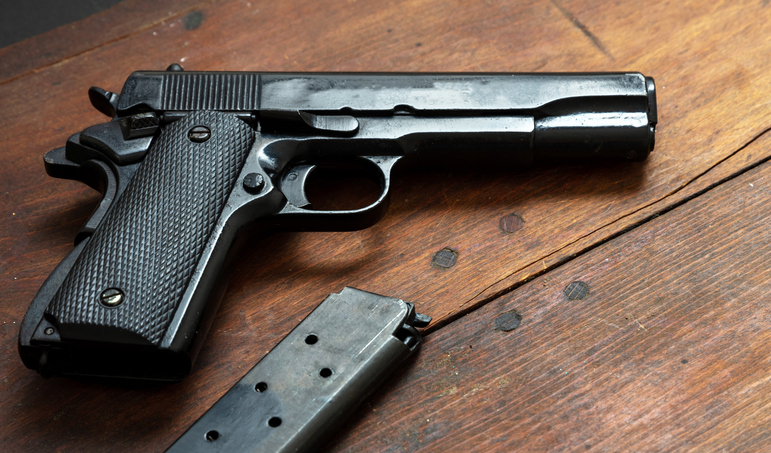
CNC Machining Firearms Tooling: A Behind-the-Scenes Look at the Process
The CNC Machining Process: A Step-by-Step Breakdown
When it comes to machining firearms tooling, there are a lot of steps that go into creating a high-quality product. Though it may be time-consuming, it’s imperative to get it right the first time, so your firearm components are created to the tightest tolerances. Here, we’re going over the steps in the CNC machining process to help you make informed decisions for your business. Let’s dive in.
Initial Design and Prototyping Phase
Machining firearms tooling begins with the initial design and prototyping phase. During this phase, you’ll work with a third-party manufacturer to describe your needs, regulatory standards, and technological constraints. From there, experienced designers and engineers will create potential solutions, usually with the help of computer-aided design (CAD) software.
Once the initial design phase is complete, you’ll move on to the prototyping phase. Here, your manufacturer will use rapid prototyping techniques like 3D printing or CNC machining to test the design. Rapid prototyping is the best way to complete physical testing and validate the design’s functionality in a cost-effective manner.
Programming CNC Machines for Production
Your manufacturer may go back and forth between design and prototyping for a while, depending on any issues that arise. If issues do come up, the design team will work to mitigate them until they achieve an optimal solution. However, once the prototype is fully optimized, it’s time to program the CNC machines for production.
The programming process involves using computer-aided manufacturing (CAM) software to generate toolpaths and machining instructions based on the CAD model. The CAM software breaks down the design into a series of movements the CNC machine will execute to create the desired part. This includes specifying the cutting tools, speeds, feeds, and depths of cuts. From there, the operator will run a test program to ensure the machine is working properly. Then, a full production run can begin.
Machining Process
During this process, the CNC machine will execute the toolpaths outlined during the programming stage. The machine will rotate around various axes to subtract material from the workpiece, ultimately arriving at the desired part.
Quality Control and Inspection Procedures
After the tool has been machined, it will usually enter into some quality control and inspection procedures. This might include dimensional inspection, surface finish inspection, functional testing, and more. Your manufacturer will know what to look for in order to ensure a quality final product.
Optional Secondary Processes
Your tooling may not be finished directly after the machining process is over. Often, customers will elect to perform secondary processes to reinforce the integrity of the tooling. This might include:
- Heat treating: this process involves heating the metal until its microstructure changes. While in that state, it’s rapidly cooled, which hardens the metal and increases the durability of the tooling.
- Cryogenic hardening: using extremely cold temperatures, this process enhances the grain structure of metal tooling. It can dramatically decrease strains and fatigue put on your tooling during use.
- Surface finishing: advanced surface finishing processes improve the look and lifespan of tooling.
Final Shipment
From here, your tooling will be ready for shipment to its final destination. Your manufacturer will take certain precautions to ensure it arrives at your location unscathed and ready for implementation into your manufacturing process. Common packaging methods include sturdy cardboard boxes or wooden crates, depending on the size and weight of the tooling. Additional padding materials may be used to secure the tooling to prevent movement. With these packaging methods, manufacturers ensure that firearm tooling arrives at its destination in optimal condition for use.
Need Firearm Tooling? Turn to Pivot Precision
If you need tooling for firearms, trust the experts at Pivot Precision. Founded in 1961, we’re a trusted tooling supplier for customers across the world. We’re dedicated to quality, and specialize in both ammunition and firearms tooling. In fact, we maintain an ISO 9001:2015 certification to hold us to the highest standards in manufacturing excellence.
Located near Niagara Falls, New York, our facility provides everything from CNC machining to surface finishing. With this location, we’re also near airports and interstates for quick delivery on international or domestic shipments.
Let’s Make Something Great Together
Ready to learn more about our machining firearms services? Reach out to our team for an initial consultation.
